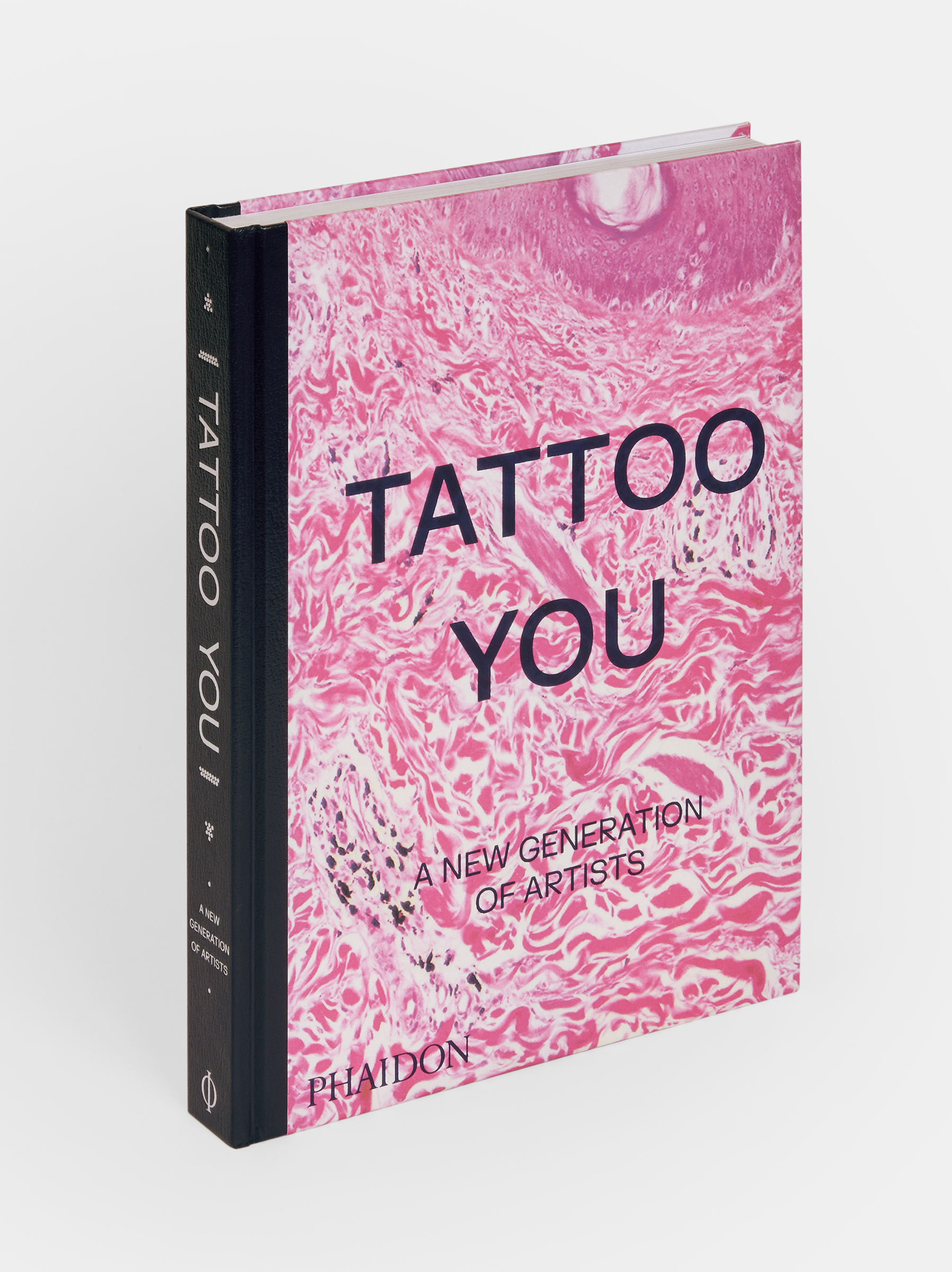There has never been a better time to get a tattoo. Humanity has been busy improving our fleshy forms with ink since the Neolithic times, but in the past few decades, tattooing has claimed a literally permanent part of the cultural landscape. Word-of-mouth whisper networks have been replaced by turbocharged Instagram algorithms. Flash sheets flood our feeds, allowing a new wave of artists, and clients alike to cultivate distinct aesthetic subcultures and communities.
The diversity of tattooing stems from who holds the needle. As the scope of who gives tattoos evolves, so does the clientele and art form itself. Now, this renaissance is enshrined in a new book: Tattoo You: A New Generation of Artists, a kaleidoscopic look at seventy-five artists defining contemporary tattooing, pairing illuminating interviews with glossy photography that inevitably sparks the itch to get inked.
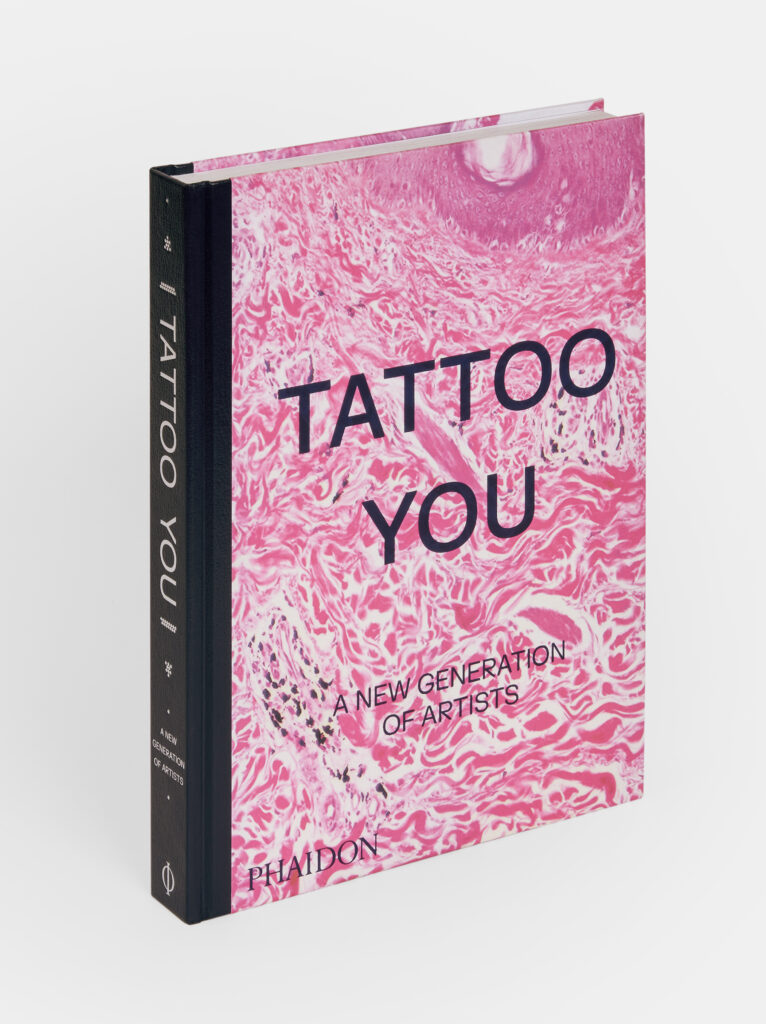
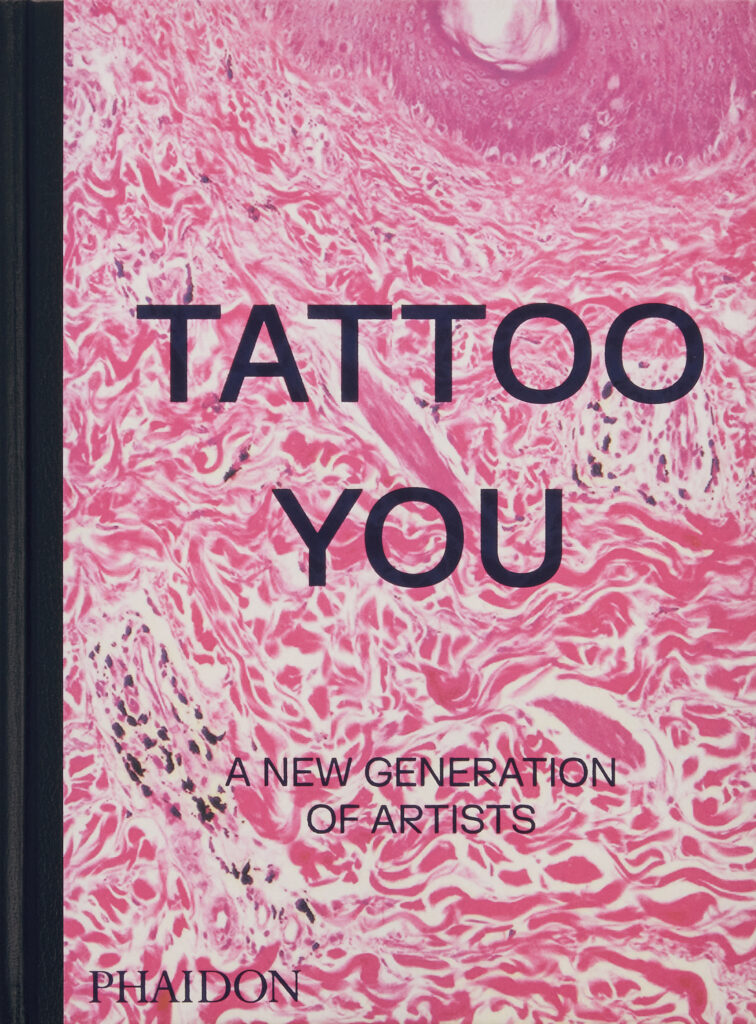
“Right now, this is an art book, but in the future, it will be a historic memento, a record of what is hopefully just the beginning,” says contributor Alice Snape, founder, and editor of the feminist tattooing publication Things & Ink. Each featured artist was nominated by a panel of experts, from journalists like Snape to pioneering academics and legendary old-school tattooers. Some are preserving forms of traditional cultural tattooing, others are pioneering new styles that offer self-determination to queer, female, and BIPOC clients. All challenge the reputation of tattooers as dictators by working in collaboration with their customers, creating a new language of affirmation and consent.
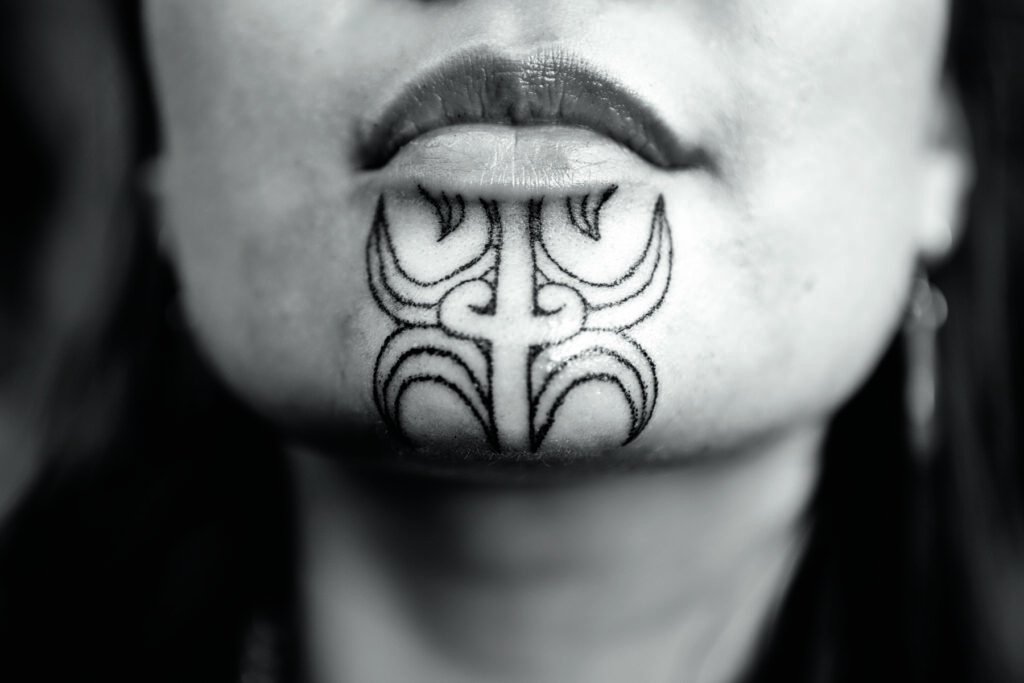
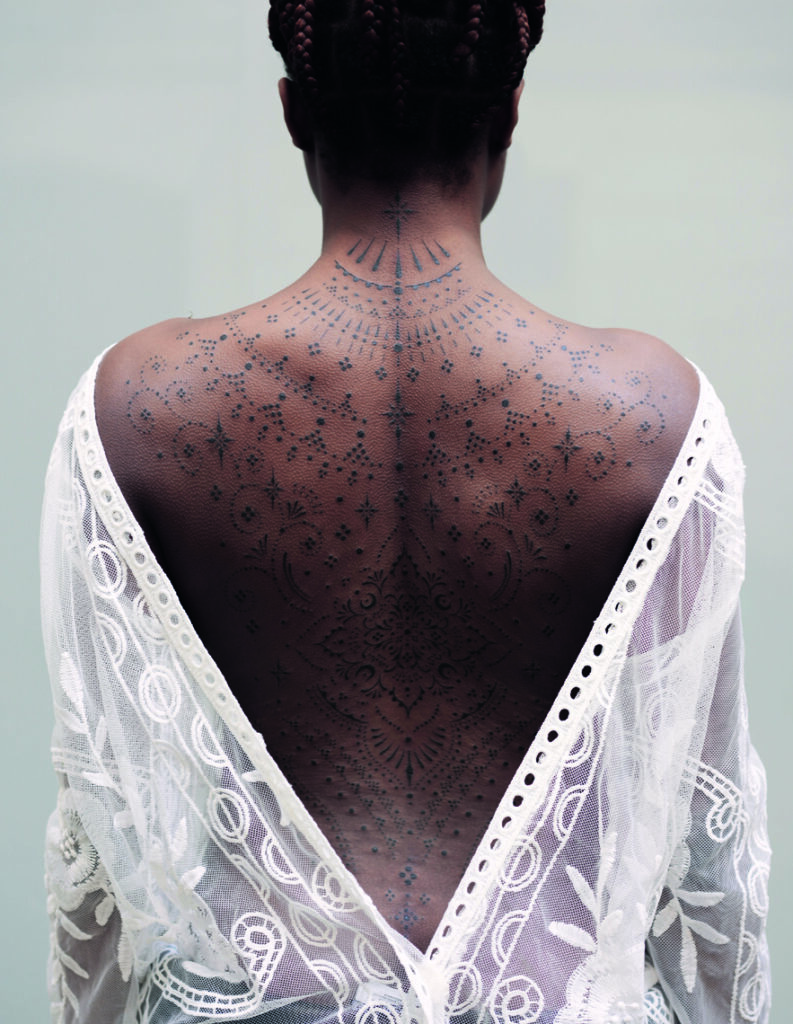
“Growing up in Atlanta, [Georgia], I’ve been surrounded by Black excellence my entire life,” says Debbi Snax. “My practice is deeply rooted in and inspired by Black culture almost by default—I specialize in creating tattoos that give my clients the power to reclaim their bodies.” Snax’s take on the American Traditional style puts Black culture in the forefront: Sultry mermaids shake out long locs, and a hovering cupid notches an arrow as sharp as her fade. Over the past ten years, she’s gone from struggling to prove there is an audience for her style to opening her own private studio. “There’s not just one kind of tattooer or shop that defines ‘professionalism’ anymore,” says Snax. “It almost feels like the decolonization of tattooing is happening.”
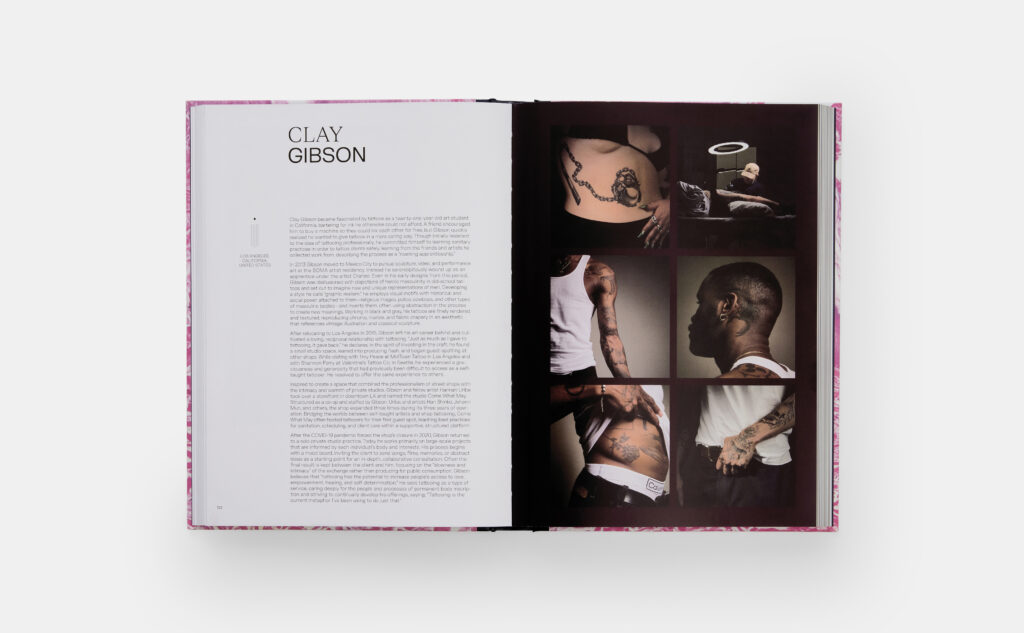
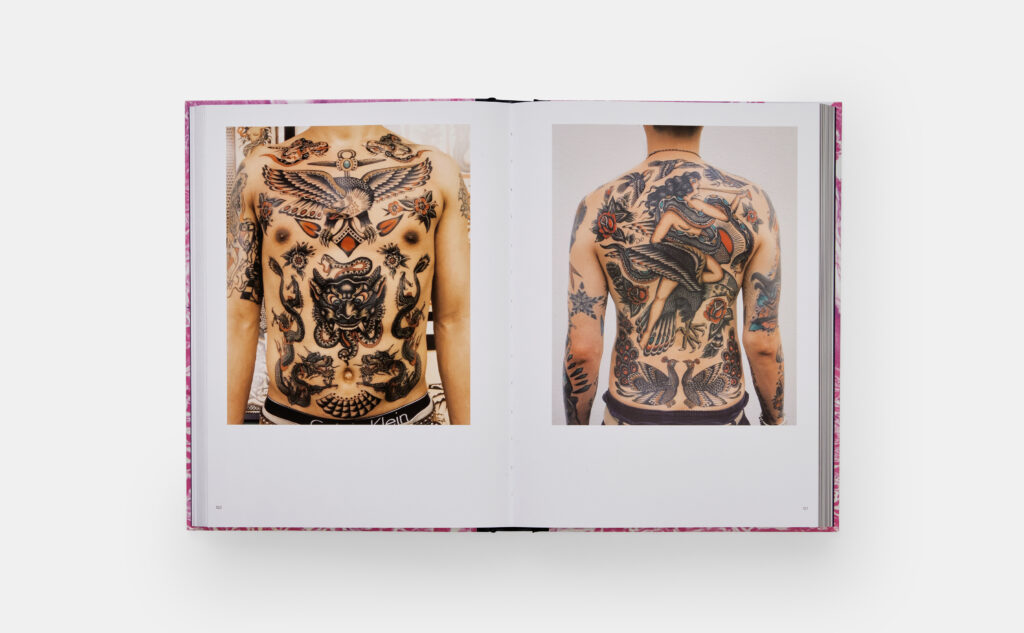
Pushing tattoo culture forward also means honoring the craft’s deep past rooted in indigenous traditions. “As a practitioner of a cultural form of tattooing, I am inspired by the many other tattooers who are passionate about reviving their own cultures through their practice,” says Ayla Roda, a Maryland-based artist honoring the ancient Filipino tattooing practice of tatak. Her intricate blackwork designs are achieved using traditional methods like hand tapping, sometimes using a drumstick to rhythmically create modern tribal patterns.
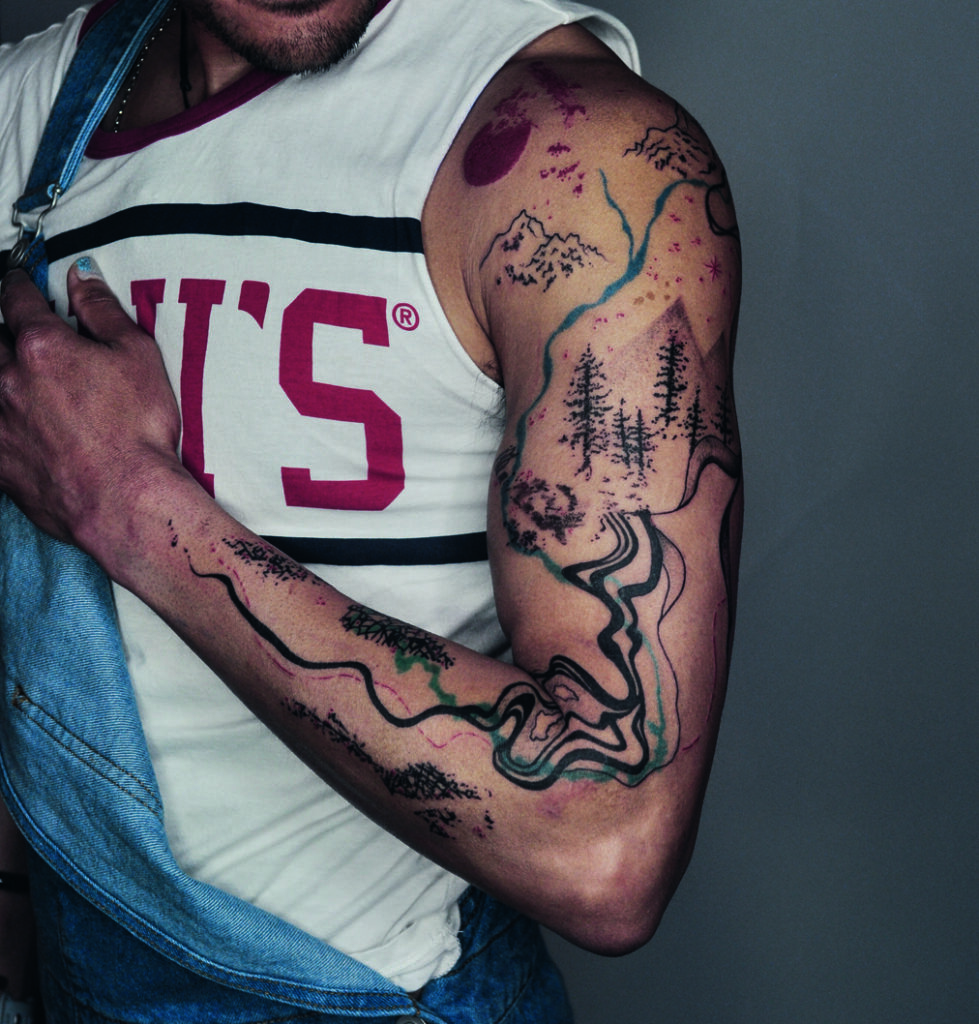
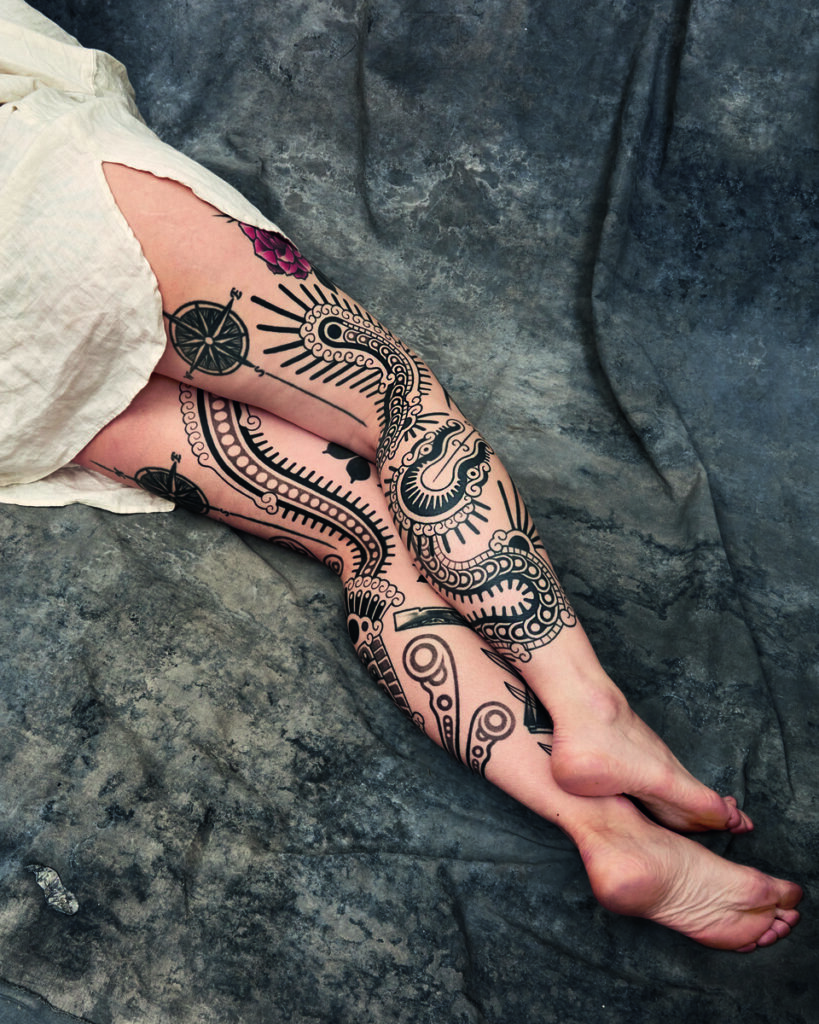
For Mars Hobrecker, who has spent nine years ornamenting New York’s queer community, tattooing can be a form of gender-affirming care. His portraiture is bold and graphic in more ways than one: Stallions canter across collarbones, and nude cowboys go full frontal on thighs. “The thing that keeps me tattooing is the power of the tattoo ritual itself,” he says. “How cool to be able to help make someone’s vision of their body a reality!”
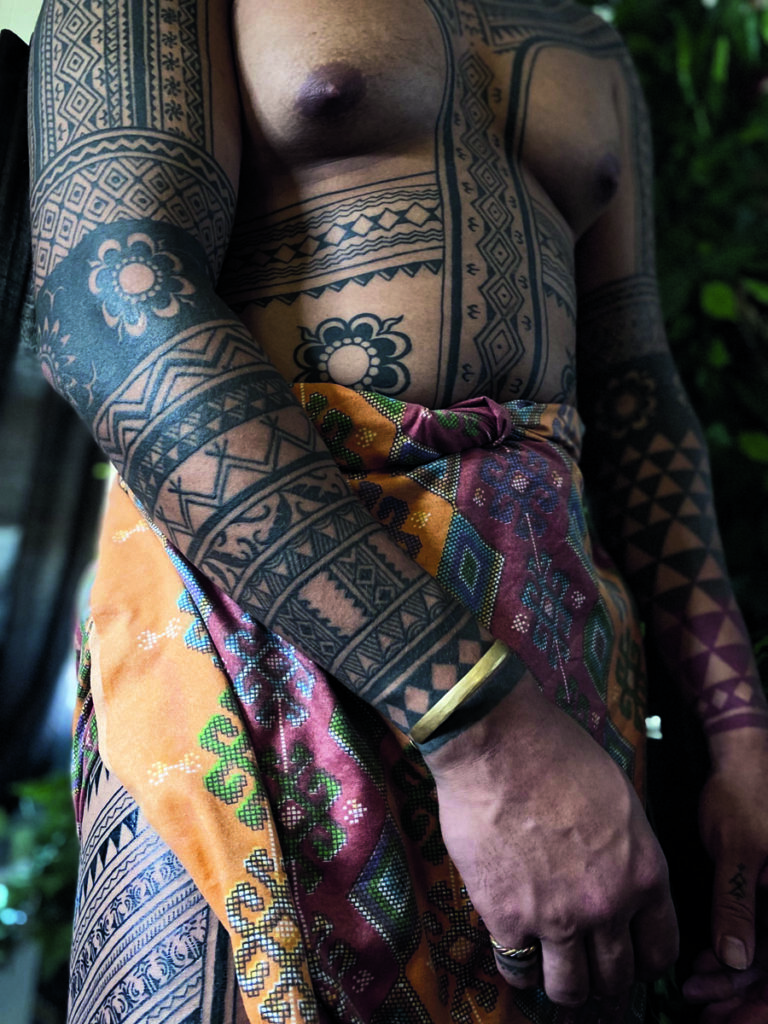
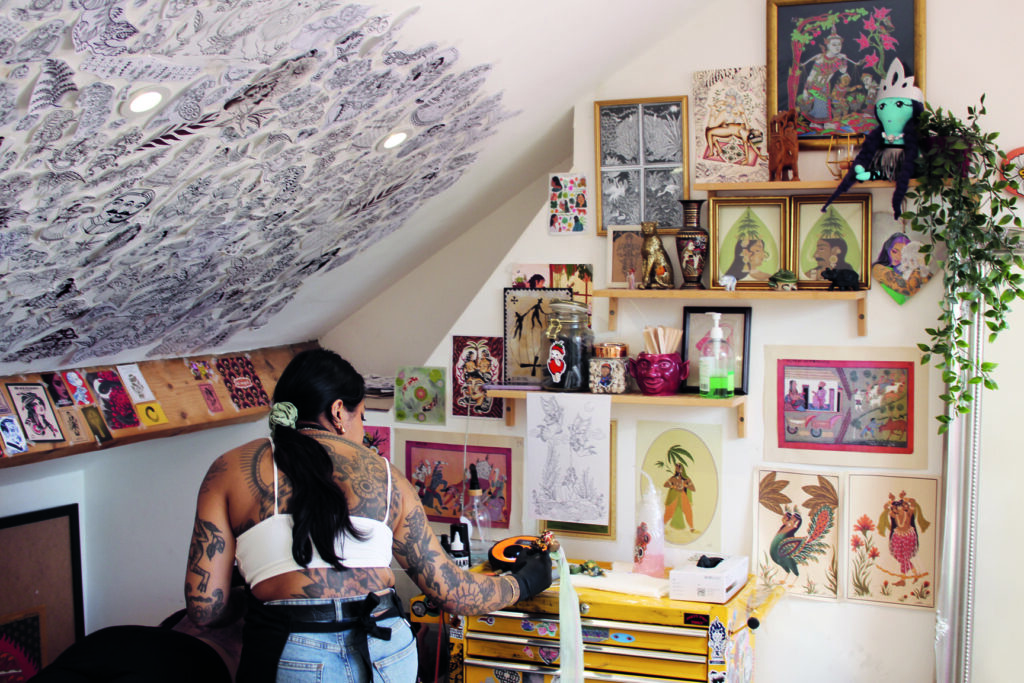
What will the flash sheets of the future look like? It’s a tempting question with an impossible answer. As these artists instruct the next generation of tattooers, the ever-evolving art form will shift again. One thing is for sure: Tattoo culture will never fade.
Tattoo You: A New Generation of Artists is now available for purchase on Phaidon.com.
Discover More











